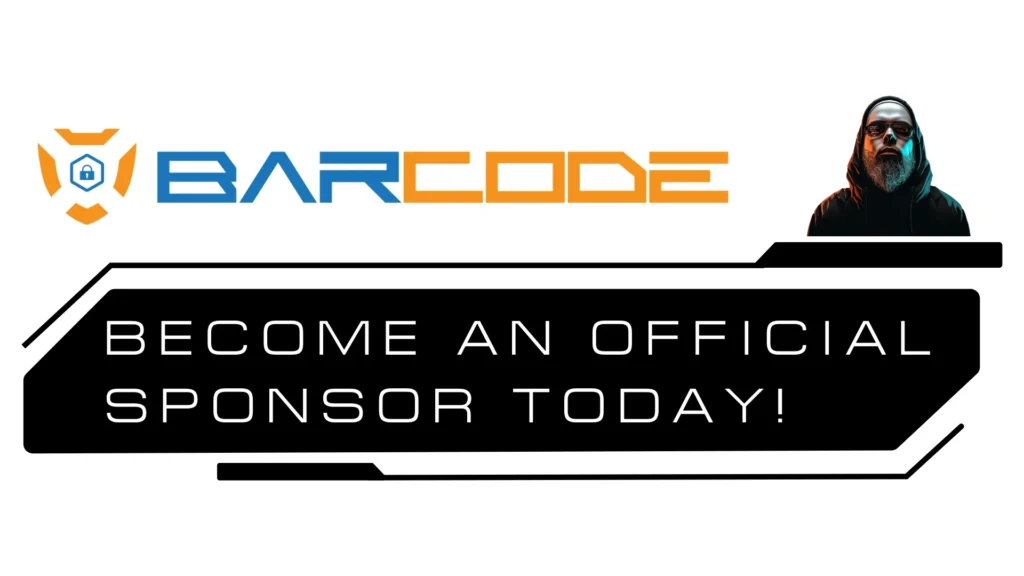Len Noe, the world’s first transhumanist hacker, takes us on a captivating journey from his days as a black hat hacker to becoming a leader in ethical hacking. His natural curiosity pushed him to explore the fusion of man and machine through the use of implantable tech. This episode focuses on transhumanism, highlighting both the philosophy and the real-world impact that are redefining what it means to be human in the digital era. Len shares his personal and professional evolution, describing…






